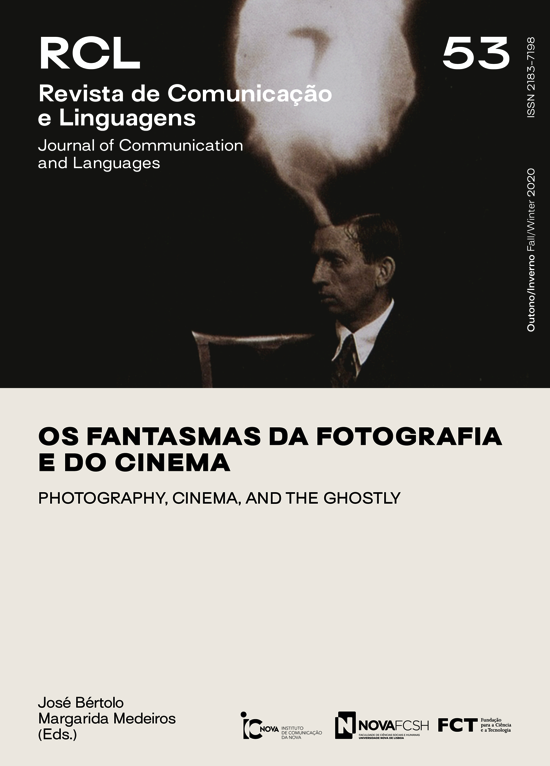Haunted tapes, killer copies — cinematic ghosts in Ringu and The Ring
Resumo
In 2002, Gore Verbinski’s remake of Hideo Nakata’s 1998 film Ringu was released, under the name of The Ring. The film is based on a successful Japanese novel about a ghost that kills all those who dare to watch a cursed video tape. Narratively, as well as aesthetically, both films struck a chord with their intended audiences, and were extremely successful. The western remake of the Asian movie also seems to have started a trend, which in addition fueled an interest in Japanese horror. In this paper we set out to analyze how these films deal with their respective ghosts. Our focus will be on how the management of the cine- matic specters in these two cases relates to tradition and, particularly, how the killer ghost who haunts the tape is rooted in Japanese tradition — not only in film, but also in folklore and traditional forms of Japanese theatre, like kabuki and bunraku. While avoiding to dwell excessively on inputs marked by a psychoanalytical matrix, we argue that the ambiguity of the ghostly in the Japanese culture enhances the uncanny feeling these representations are infused with, and that due to the filmic and viral nature of this onryō and its curse, we are facing an innovative and enticing version of the ghostly.
Ringu | The Ring | onryō | ghost | horror
Direitos de Autor (c) 2021 Revista de Comunicação e Linguagens

This work is licensed under a Creative Commons Attribution-NonCommercial 4.0 International License.


